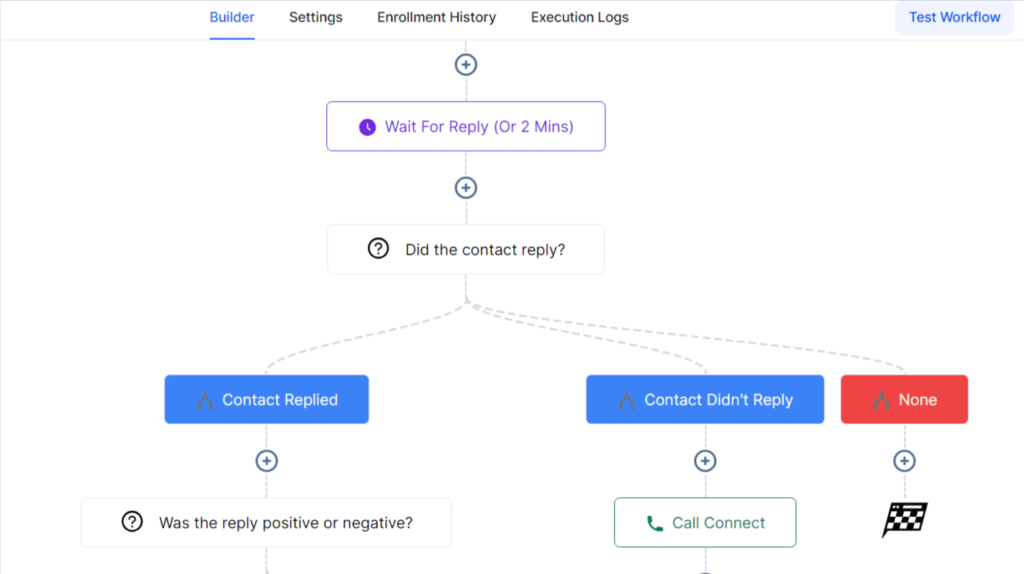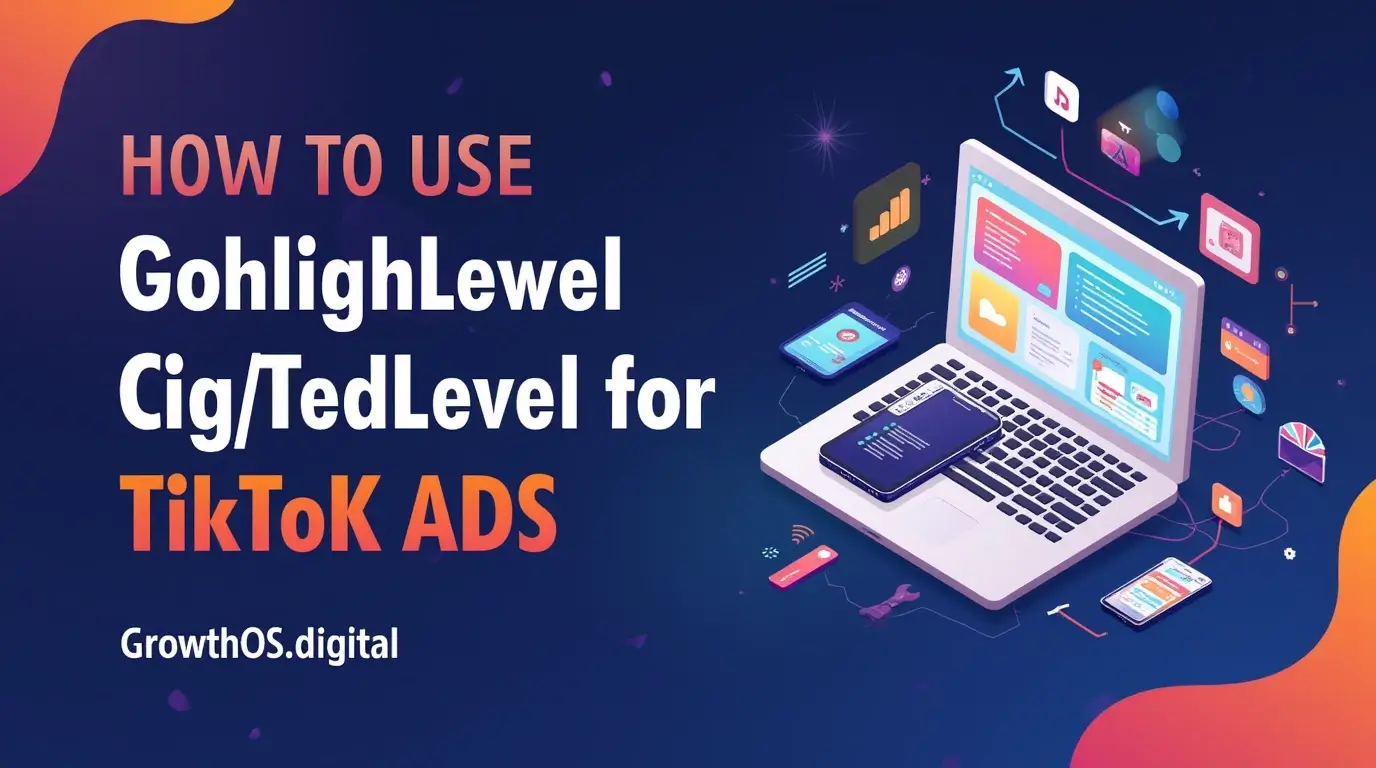Introduction
In today’s fast-paced business environment, small companies, project owners, and freelancers face constant challenges in managing their operations effectively. Balancing time, reducing costs, and simplifying workflows are key concerns for these professionals. If you’re struggling with these issues, GoHighLevel Workflows might be your solution. This article will guide you through understanding and using GoHighLevel Workflows to streamline your business processes and improve productivity.
Table of Contents
What Are GoHighLevel Workflows?

GoHighLevel Workflows are automation tools designed to help you manage and execute repetitive tasks with minimal effort. They allow you to create sequences of actions triggered by specific events or conditions. By automating routine processes, Workflows save you time, reduce errors, and free you up to focus on growing your business.
For example, you can use Workflows to:
- Automate follow-up emails after a customer inquiry.
- Notify your team when a lead completes a form on your website.
- Assign tasks based on specific client behaviors.
Why Are Workflows Important for Your Business?
Here’s why small businesses, project owners, and freelancers should leverage GoHighLevel Workflows:
- Efficiency: Automating tasks minimizes manual input and speeds up processes.
- Cost Reduction: Reducing human errors and streamlining operations saves money.
- Improved Client Management: Workflows ensure consistent client communication, enhancing their experience.
- Scalability: They allow you to handle more work without adding extra resources.
Step-by-Step Guide to Using GoHighLevel Workflows
1. Define Your Goal
Before creating a Workflow, identify the specific task you want to automate. Examples include:
- Sending a welcome email to new subscribers.
- Following up with leads who haven’t responded in 7 days.
- Reminding clients about upcoming appointments.
2. Access the Workflow Builder
Log in to your GoHighLevel account and navigate to the “Automation” tab. Here, you’ll find the Workflow Builder, which offers a user-friendly interface to create and manage Workflows.
3. Choose a Trigger
A Workflow starts with a trigger—an event that initiates the automation. Common triggers include:
- Form submissions.
- New leads added to a pipeline.
- Tag application to a contact.
Select the trigger that aligns with your goal. For example, if you want to send a follow-up email after form submission, choose the “Form Submitted” trigger.
4. Add Actions
After setting the trigger, define the actions the Workflow should perform. Actions could include:
- Sending an email or SMS.
- Creating a task for your team.
- Updating a lead’s status in the CRM.
For instance, if your Workflow is designed to nurture leads, you might:
- Send an initial welcome email.
- Wait 3 days.
- Send a follow-up message with additional resources.
5. Use Conditions for Personalization
To make your Workflow more dynamic, add conditional logic. For example:
- “If the lead opens the email, send a thank-you message.”
- “If the lead doesn’t respond within 5 days, send a follow-up email.”
This ensures your communication is tailored to the recipient’s behavior.
6. Test Your Workflow
Before activating your Workflow, test it to ensure it performs as expected. Use test contacts to simulate the trigger and check each action’s execution.
7. Activate and Monitor
Once you’re satisfied with your Workflow, activate it. Monitor its performance regularly using GoHighLevel’s analytics to identify areas for improvement.
Examples of Workflows for Small Businesses and Freelancers
Lead Nurturing Workflow
- Trigger: New lead added to CRM.
- Actions:
- Send a welcome email.
- Wait 2 days.
- Send an email introducing your services.
- Wait 3 days.
- Assign a task to follow up with the lead.
Appointment Reminder Workflow
- Trigger: Appointment scheduled.
- Actions:
- Send a confirmation email.
- Send a reminder SMS 24 hours before the appointment.
- Notify your team 1 hour before the meeting.
Tips for Maximizing the Benefits of GoHighLevel Workflows
- Keep It Simple: Start with a basic Workflow and gradually add complexity as you gain confidence.
- Segment Your Audience: Use tags to categorize leads and personalize Workflow for each group.
- Continuously Optimize: Regularly review your Workflow to identify bottlenecks and improve efficiency.
- Educate Your Team: Ensure everyone on your team understands how Workflows work and how they can use them to their advantage.
Conclusion
GoHighLevel Workflows offer an unparalleled opportunity to simplify and automate your business processes. Whether you’re a small business owner, a project manager, or a freelancer, leveraging this tool can help you save time, reduce costs, and deliver a better experience to your clients. Start using GoHighLevel Workflows today and take your business operations to the next level!




